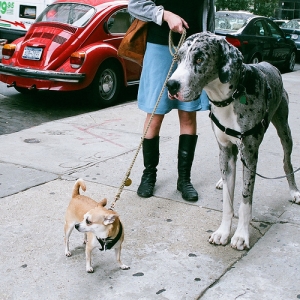 This game can be played at home when you are cooking or folding laundry, or in the car, on the bus, in the grocery--almost anywhere. It develops language, logic, and critical thinking skills.
This game can be played at home when you are cooking or folding laundry, or in the car, on the bus, in the grocery--almost anywhere. It develops language, logic, and critical thinking skills.
How to Play:
- Start out saying opposites and see if your kids will join you: high-low, fast-slow, over-under, happy-sad, wet-dry, soft-hard, smooth-bumpy. Think of your own.
- After they understand, say a word and let them try to say the opposite. (See what they come up with.) If they say a non-opposite, it shows that they may not quite have the concept yet. Patiently give examples, and then play again in a few weeks.
- Variation: Ask children, “If ice is cold, fire is ___?” “Mama is a woman. Daddy is a ___?” “An elephant is big. A mouse is ___?” “If Grandpa is old, baby is ___?”
Ages:
Between 2 ½ and 5 ½ years, children’s brains begin to be able to think about opposites. If you have children of more than one age playing, help older children to give younger ones a chance to answer sometimes. Enforce the rule that they never laugh at mistakes others make--only at their own, if they want.
Be aware that your child may be thinking uniquely. Ask (repeating what they said), “Is red the opposite of cold?” “They may answer, “’I turn blue when I’m cold.” “Good thinking! Often people say “Hot is opposite of cold,” but you thought creatively!” Never ridicule their attempts.
Older children, once they have the concept of opposites, like to use humor by saying it wrong and laughing. Humor is an advanced skill that reinforces what the child has learned.
Photo Credit: raniel diaz via Compfight cc

